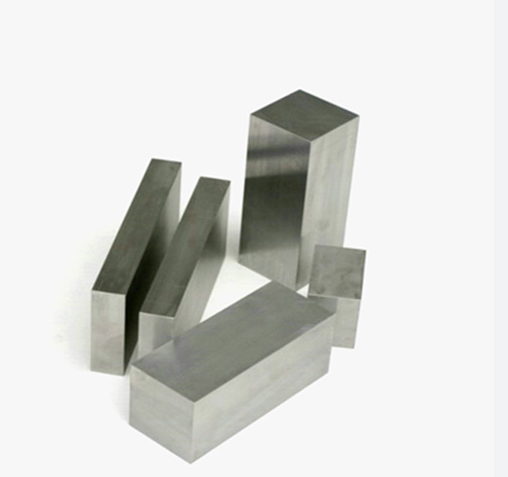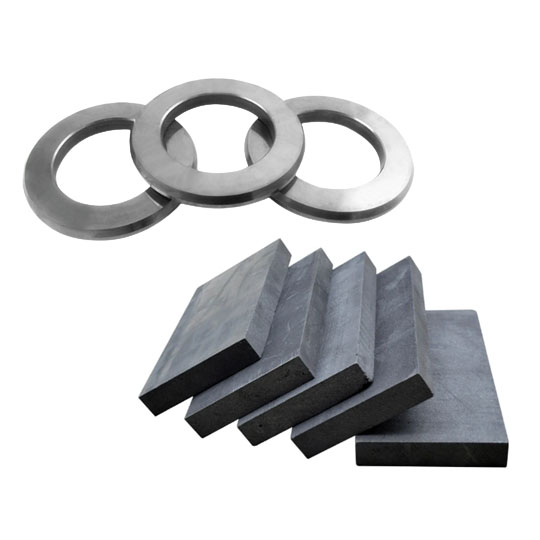超硬合金の種類と熱伝導率
すべてではない 超硬プレート は平等に作られている。すべてのスポーツカーが同じだと言っているようなものだ。そうではない。粉末の調合から焼結工程まで、熱伝導率を含め、性能を微調整する変数は山ほどある。
超硬プレートは、さまざまな金属粉末を混合し、結合剤(通常はコバルト)で結合して作られる。これらの粉末の種類と比率によって、熱の流れ方が決まります。以下に、いくつかの有名な超硬モデルとその熱挙動を示します:
| 超硬パウダーモデル | コンポジション・ハイライト | 熱伝導率 (W/m-K) | 主な使用例 | 長所 | 短所 |
|---|---|---|---|---|---|
| WC-Co(炭化タングステン-コバルト) | ~94% WC、6% Co | 85-100 | 切削工具、鉱業 | 高い強度と導電性 | 値段が高い |
| WC-ニ | ~90% WC、10% Ni | 70-90 | 耐腐食性ツーリング | 海洋での使用に適している | より低い耐摩耗性 |
| WC-TiC-Co | WC+炭化チタン | 60-75 | 高速切断 | 耐酸化性 | よりもろい |
| WC-VC-コ | 炭化バナジウム添加剤 | 75-85 | 耐摩耗プレート | 穀物成長制御の改善 | 焼結しにくい |
| WC-Cr3C2-Co | 炭化クロム・ブレンド | 55-65 | 過酷な化学環境 | 優れた耐酸化性 | 中程度の強さ |
| WC-TaC-Co | 炭化タンタル追加 | 65-78 | 航空宇宙・切削 | 高温に強い | コスト・インテンシブ |
| WC-鉄ニッケル | Fe-Niバインダー入りWC | 45-60 | ソフトメタル切断 | 手頃な価格、耐食性 | 高熱に弱い |
| WC-Cu | 銅バインダー | 120-250 | ヒートシンクプレート | 非常に高い導電性 | 低硬度 |
| WC-Co + SiC | 炭化ケイ素強化 | 90-110 | 高速金型 | 耐摩耗性、耐熱衝撃性 | 生産が複雑 |
| WC-Co-NiCr | ニッケル-クロム-コバルトマトリックス | 65-75 | 航空宇宙と装甲 | 高温、腐食性の環境で優れた性能を発揮 | 機械加工性の低下 |
バインダー材と添加された炭化物が導電性にどのような影響を及ぼすか、お気づきだろうか?これは偶然ではない。

影響要因 超硬プレート 熱伝導率
さて、これで種類はわかっただろう。しかし、実際には 変更 このプレートは熱をどの程度移動させるのだろうか?お気に入りのYouTubeチャンネル「How-It-Works」のように分解してみよう。
1.バインダーの種類と内容
バインダーはPB&Jサンドイッチのピーナッツバターのようなもので、すべてをつなぎ合わせる。コバルトは一般的で導電性が高いが、ニッケルや銅のようなものに変えると、熱の伝わり方がまったく変わってくる。通常、バインダーが多ければ多いほど導電性は向上するが、多すぎると柔らかくなる。
2.WCの粒度
粒子が細かい=境界が多い=抵抗が大きい。そのため、超ファイン・グレードには 下げる 熱伝導性。しかし、強靭さは増す。スプリンター(速いが壊れやすい)とマラソン選手(遅いが耐久性がある)のどちらかを選ぶようなものだ。
3.気孔率と密度
空洞やエアポケット?悪い知らせだ。これらは小さな絶縁体のような働きをする。プレートがコンパクトであればあるほど、熱を伝えやすくなる。ここでは通常、高密度の炭化物が勝ちます。
4.添加剤と二次相
炭化チタンや炭化クロムのような添加物は、板をより丈夫にしたり、耐摩耗性を高めたりすることができる。しかし、多くの場合、熱伝導性を犠牲にすることになる。
5.温度と動作環境
何が面白いかって?導電性は静的なものではない。温度が高くなると、ある炭化物は性能が向上する。他のものはバラバラになる。常に熱 安定曲線 800℃以上でローストする場合。
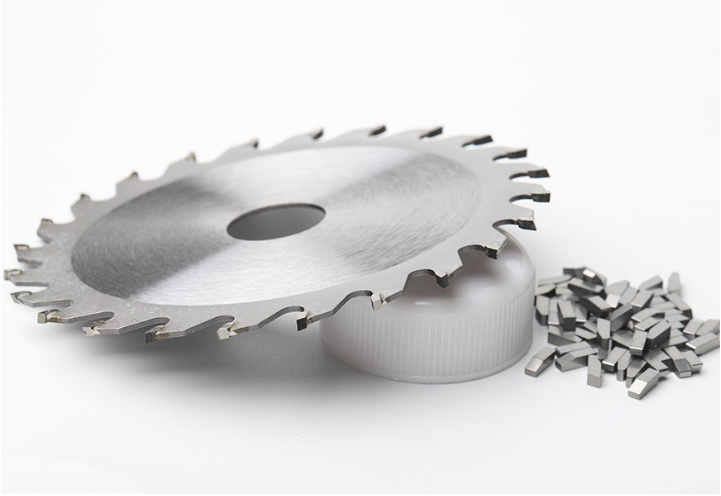
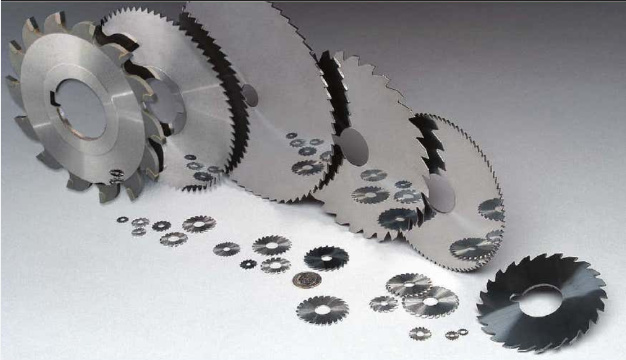
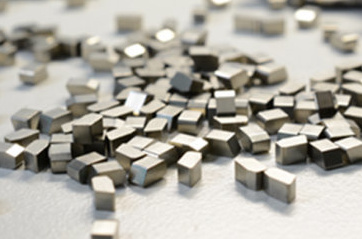
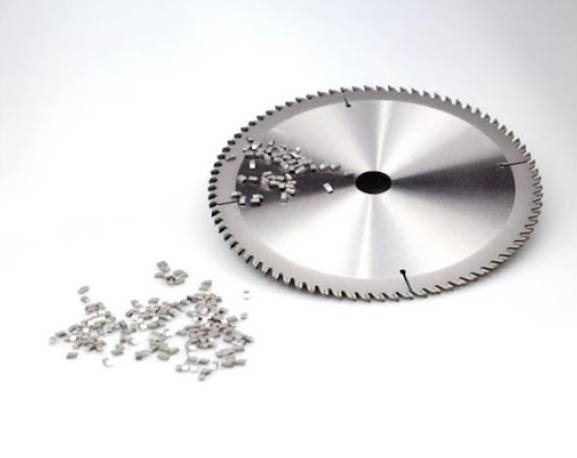
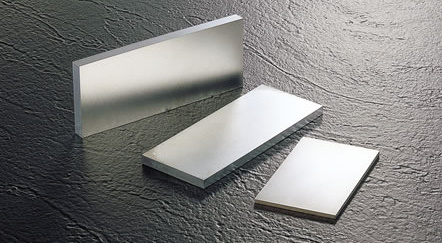
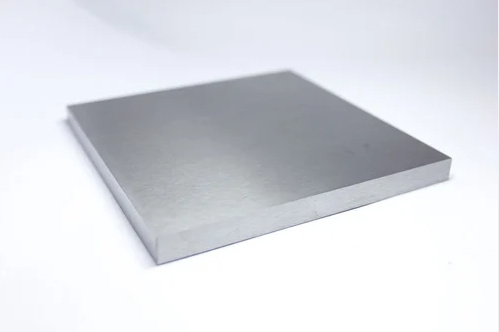
熱伝導率が重要な用途
なぜ私たちが熱伝導にこだわるのか?なぜなら、工具やプレートが熱をよく伝えると、長持ちし、性能が向上し、文字通り圧力がかかっても割れないからです。
切削工具&インサート
高速加工では、プレートが素早く熱を捨てられないと、すぐに焼きついたり摩耗したりします。導電率が高い工具は、低温で切れ味が良く、マイクロクラックが発生しにくい。
エレクトロニクスにおけるヒートシンクプレート
一部のカーバイドと銅のハイブリッドは、デリケートな部品から熱を奪うために高級電子機器に使用されている。ここでは 銅 は熱放散のためのMVPである。
金型産業
プラスチック射出成形の場合、 超硬プレート 極端な温度変化に直面する。導電性が悪いと、サイクルタイムが長くなり、応力亀裂が生じます。導電性が高ければ、冷却が速くなり、部品の品質が向上します。
航空宇宙・防衛
ジェットエンジンや装甲部品では、極端な温度差は当たり前である。高い導電性を持つ炭化物 そして WC-Co-NiCrのような)靭性は、熱管理と強度のバランスをとる。
化学と海洋環境
ここでは、熱に耐えることだ そして 腐食。WC-NiとWC-Cr3C2-Coは、苛性セットアップでの熱挙動が優れている。
正しい選び方 超硬プレート 熱伝導率に基づく
このチートシートを使って、皿を選ぶ際の判断をより賢くしよう:
| 申し込み | 推奨超硬タイプ | なぜうまくいくのか |
|---|---|---|
| 高速加工 | WC-CoまたはWC-Co + SiC | 高い導電性と耐摩耗性 |
| 化学処理 | WC-Cr3C2-CoまたはWC-Ni | 優れた耐熱性と耐食性 |
| ヒートシンク/コンデンサー | WC-Cu | 極めて高い熱伝導性 |
| 航空宇宙部品 | WC-TaC-CoまたはWC-Co-NiCr | 高温強度+導電性 |
| マリンツール | WC-NiまたはWC-FeNi | 適切な熱特性と耐食性 |
| 金型製作 | WC-コ | 繰り返される加熱サイクルに対する効率的な冷却 |
| 一般磨耗部品 | WC-VC-コ | バランスの取れた摩耗特性と熱特性 |
これをロードマップと考えよう。もしあなたが戦いに赴くのであれば(別名、製品のエンジニアリング)、自分の防具を知っておくことだ。
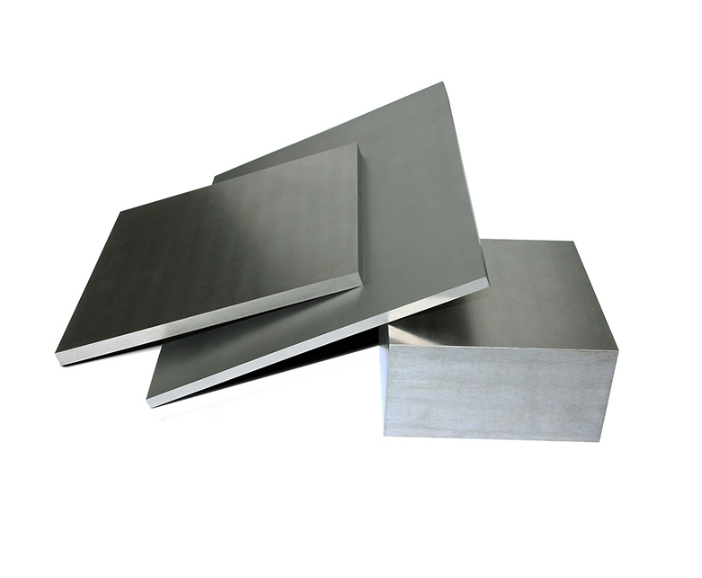
よくあるご質問
| 質問 | 回答 |
|---|---|
| 超硬プレートの熱伝導率の一般的な範囲は? | 組成とバインダーにより45~250W/m・K。 |
| なぜコバルトは炭化物の導電性を高めるのか? | コバルトは導電性の高い金属で、強力な金属結合を形成し、効率的な熱伝達を可能にする。 |
| 熱伝導率は高ければ高いほど良いのか? | 必ずしもそうではない。サーマルバリアのような用途では、導電率が低い方が好ましい場合もある。 |
| どの炭化物も高温では同じ性能を発揮するのか? | いや!WC-TaC-Coのように導電性と強度を維持するものもあれば、劣化が早いものもある。 |
| 超硬プレートの熱伝導率を調べるには? | 研究室では、レーザーフラッシュ分析とガード付きホットプレート法が一般的に使用されている。 |
| 銅合金の超硬合金を切削加工に使用できますか? | 技術的にはそうだが、必要な硬度が足りない。ヒートシンクに適している。 |
| 電子機器の冷却に最適な超硬合金は? | WC-Cuは最高の熱伝導率を示し、しばしば200W/m・Kを超える。 |
| 粒度は強度にのみ影響するのか? | いいえ、伝導性にも影響します。粒子が細かいと熱伝導が低下します。 |
| それを測る基準はあるのか? | ISOやASTMには、熱拡散率試験に関するASTM E1461のようなガイドラインがあります。 |
| SiCのような添加剤は熱特性を改善できるのか? | はい、特に最適化された場合、SiCは耐摩耗性と耐熱衝撃性の両方を向上させることができます。 |

